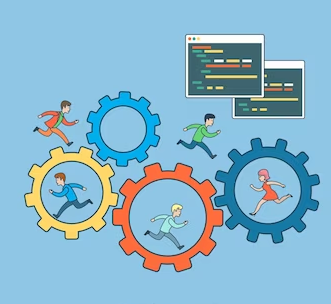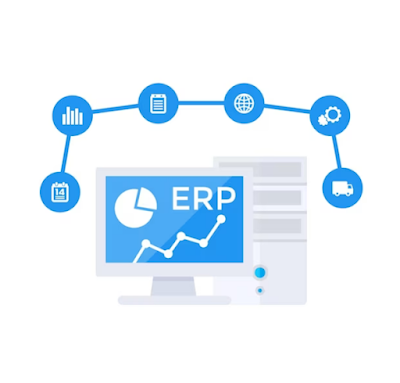Streamlining the Software Development Lifecycle: Tools and Techniques for Faster Delivery
Agile Methodology Agile methodology is a popular approach to software development that emphasizes flexibility, collaboration, and rapid delivery. It involves breaking down the development process into small, manageable chunks called sprints. Each sprint lasts for a fixed duration, usually 2-4 weeks, during which a team works on a set of features or requirements. Agile methodology helps teams to deliver software faster, respond to changing requirements, and continuously improve the quality of the software.Continuous Integration and Continuous Delivery (CI/CD) Continuous Integration (CI) is a practice of regularly merging code changes into a shared repository. Continuous Delivery (CD) is a practice of automating the entire software delivery process, from building to testing to deployment. CI/CD tools such as Jenkins, CircleCI, and Travis CI help teams to automate the build, test, and deploy processes, enabling faster delivery and reducing the risk of errors.
Version Control Systems Version control systems (VCS) such as Git, SVN, and Mercurial are tools that enable teams to manage changes to their codebase over time. VCS allows developers to collaborate on a project, track changes, and revert to previous versions if needed. VCS also provides a way to manage conflicts and maintain the integrity of the codebase.
DevOps Tools DevOps is a set of practices that combines software development (Dev) and IT operations (Ops) to shorten the SDLC and improve software quality. DevOps tools such as Ansible, Puppet, and Chef help automate the deployment and configuration of software and infrastructure, reducing the time and effort required to manage and maintain applications.
Code Quality Tools Code quality is critical to delivering high-quality software. Code quality tools such as SonarQube, CodeClimate, and Coverity help teams to identify code quality issues such as bugs, vulnerabilities, and technical debt. These tools provide developers with actionable insights that they can use to improve the quality of their code.
Cloud Computing Cloud computing has revolutionized the way software is developed and deployed. Cloud computing services such as Amazon Web Services (AWS), Microsoft Azure, and Google Cloud Platform (GCP) provide developers with scalable, on-demand infrastructure that can be provisioned quickly and easily. This enables teams to focus on developing software rather than managing infrastructure.
In conclusion, the software development lifecycle is a complex process that involves several stages, tools, and techniques. By streamlining the SDLC, teams can deliver software faster, more efficiently, and with better quality. Agile methodology, CI/CD, VCS, DevOps tools, code quality tools, and cloud computing are some of the key tools and techniques that can help streamline the SDLC. By adopting these tools and techniques, organizations can gain a competitive advantage by delivering software faster and with higher quality.




Comments
Post a Comment